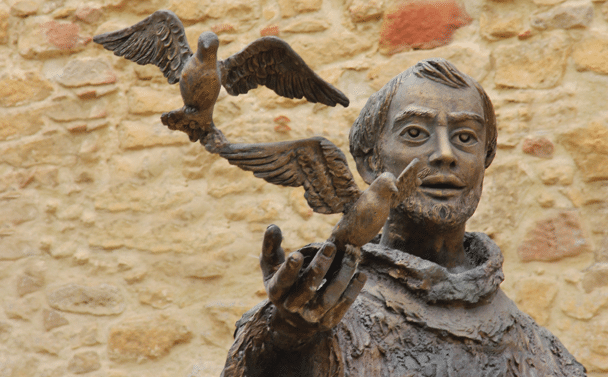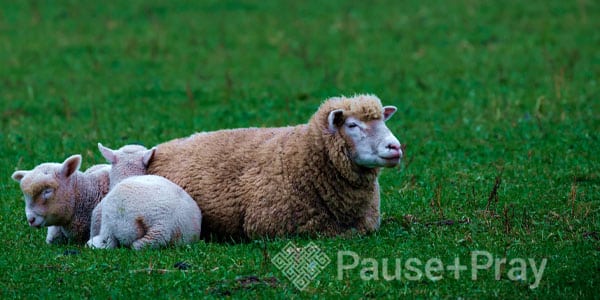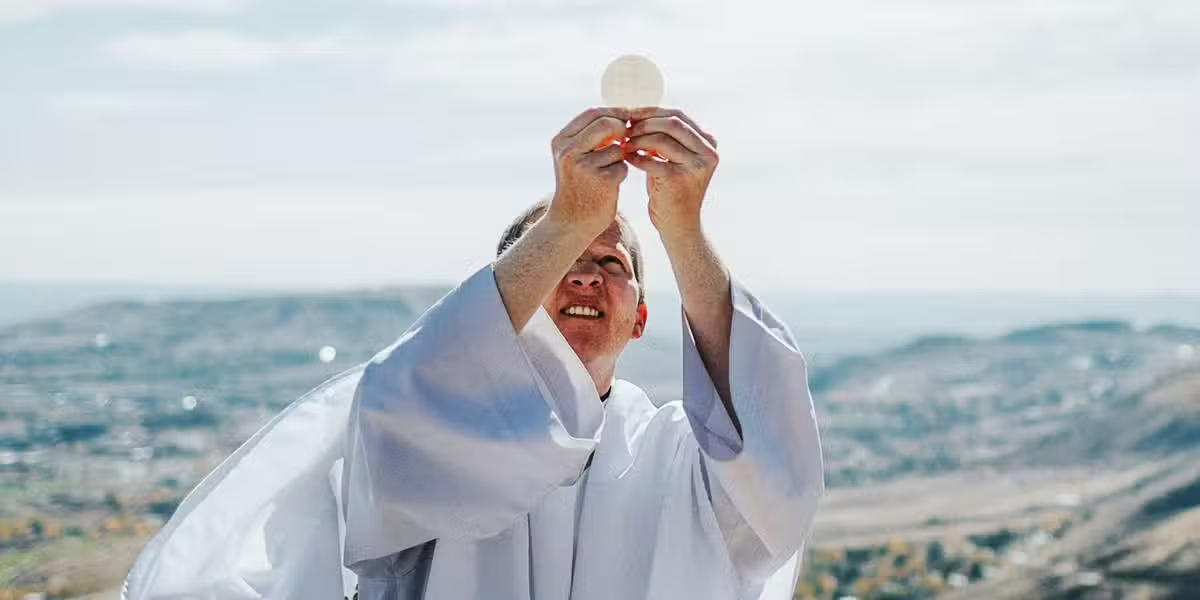Once, many eight decades ago now, when I felt lost and confused in my burgeoning adolescence, Jesus gave me St. Francis as my brother and friend, and I began to trade my own self-absorption for the adventure of the Holy Quest: the ascent of Mount Subasio on whose eastern side Francis was born and lived his youth in the armed and walled city of Assisi.
What I mistook for an immediate ascent of that holy mountain began first with a descent from the high city of Assisi to the plain below where the lepers lived. That metaphor meant that I had to learn the hard way that we have to live in the real world among those who, at times, are not easy to live with at first, but who teach us what loving is really about.
We have to learn that living on the mountain top of spiritual experiences is an ideal, a dream, and only by first learning to live in peace with those who don’t have the same ideals or who differ from us in other ways, can we hope to ascend the mountain of union with God. That’s what Francis had to do before he could ascend the mystical mountain of La Verna in a wooded area of Tuscany where he received the sacred stigmata of Christ And that’s what Jesus did when he first descended from heaven to live among us and then ascended into heaven from the Mount of Olives. That going down in order to ascend is what I have learned from St. Francis from the time I left home at an early age to follow in the footsteps of this extraordinary man who walked in the footsteps of Jesus until now so many years after. I put this journey with Francis into a poem, years after I began the journey into God with him.
Francis Shows How We Open Heaven
When I was a boy, I thought that heaven
Must start behind the stars, their lights
Holes in night that covered God like curtains.
There had to be a secret cord that drew them,
Revealing God’s apartments. St. Francis
Said an enemy’s hand was creased with
Codes that told the merest boy how to
Open God’s bright heaven. The hidden
Handle was the enemy’s very hand, and
Hateful eyes were openings to glory. But
How was I to know what lightless labyrinths
Those creases trace, how long it takes to
Travel easy there before the handle turns?
And now, almost seventy years after I began this quest to rise by going down, I have come to a further understanding of what I have learned from Francis. And as I began to write, his teachings naturally emerged as seven in number, a mystical number of perfection, having all the religious resonance of the seven days of creation and the seven days of re-creation as when Noah sends out a dove from the ark, but it returns having found no dry land to rest upon. He then sends the dove out again; and after seven days the dove returns with a freshly plucked olive leaf in its beak, a sign that the waters that had covered the earth had receded, and the earth will be renewed.
In the medieval times of St. Francis, the number seven held a sacred, mystical power, as in the seven cardinal virtues, the seven deadly sins, and, most importantly, the seven sacraments. And in the high point of medieval literature, Dante’s Divine Comedy, there is the seven-storey mountain of purgatory which the imperfect must climb to be purified of the effects of sin and guilt before they can enter paradise. Dante himself could not make that ascent until he had first descended into hell.
It is not surprising then, that the seven teachings of St. Francis (The Wonder of the Incarnation, the Paradox of Evangelical Poverty, Live the Gospel, Go and Repair God’s House, Making Peace, God’s House Is All of Creation, the Joy of Humble Praise and Service of God) are seven in number and flow one from another, and all together they outline a spirituality for our own time that anyone can learn to practice in his or her own life, anyone who has an attitude of reverence for others and for Earth and all of nature, and who acknowledges the existence of a higher power that is beyond what one can perceive with the senses.
These seven teachings are both a way and a destination, the way being transformation and the destination being the love of God. It is a drama that ends up being a comedy in the sense that The Divine Comedy is a comedy, namely, a story with a happy ending that is union with God for those who make the journey that God has mapped out for us in our creation and transformation into the redeemed child of God we were created to become. It is a journey from love through love into love.








